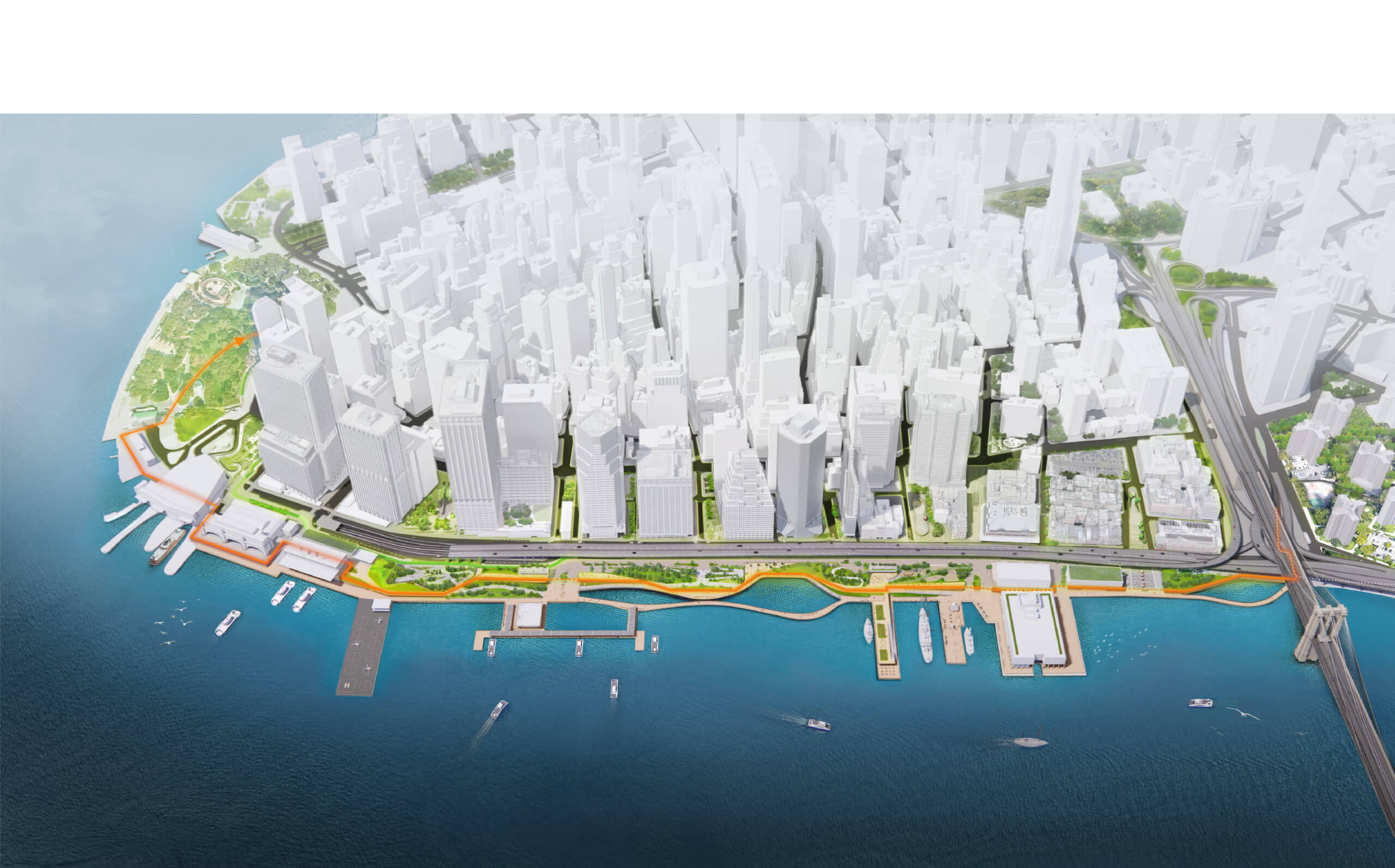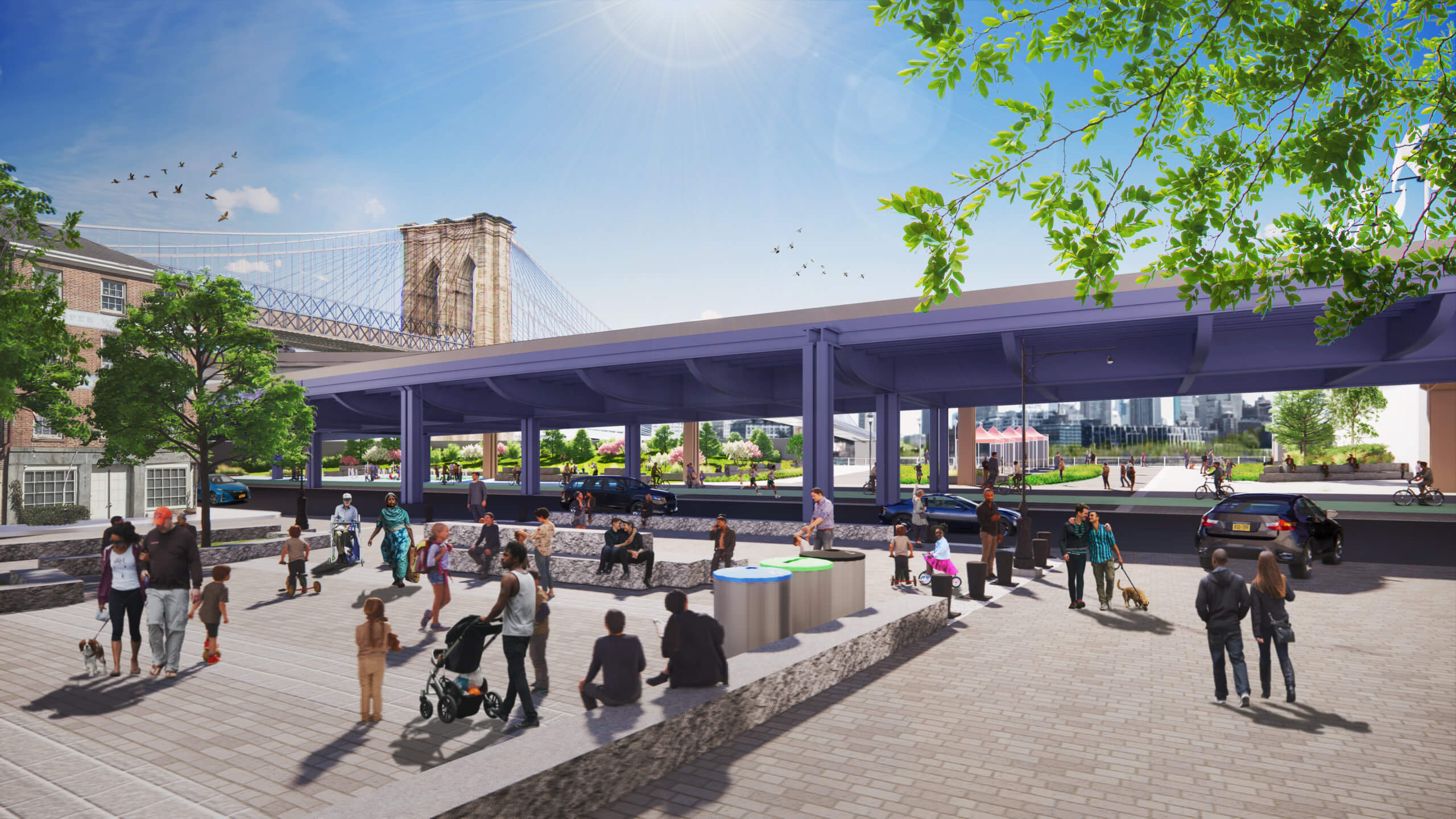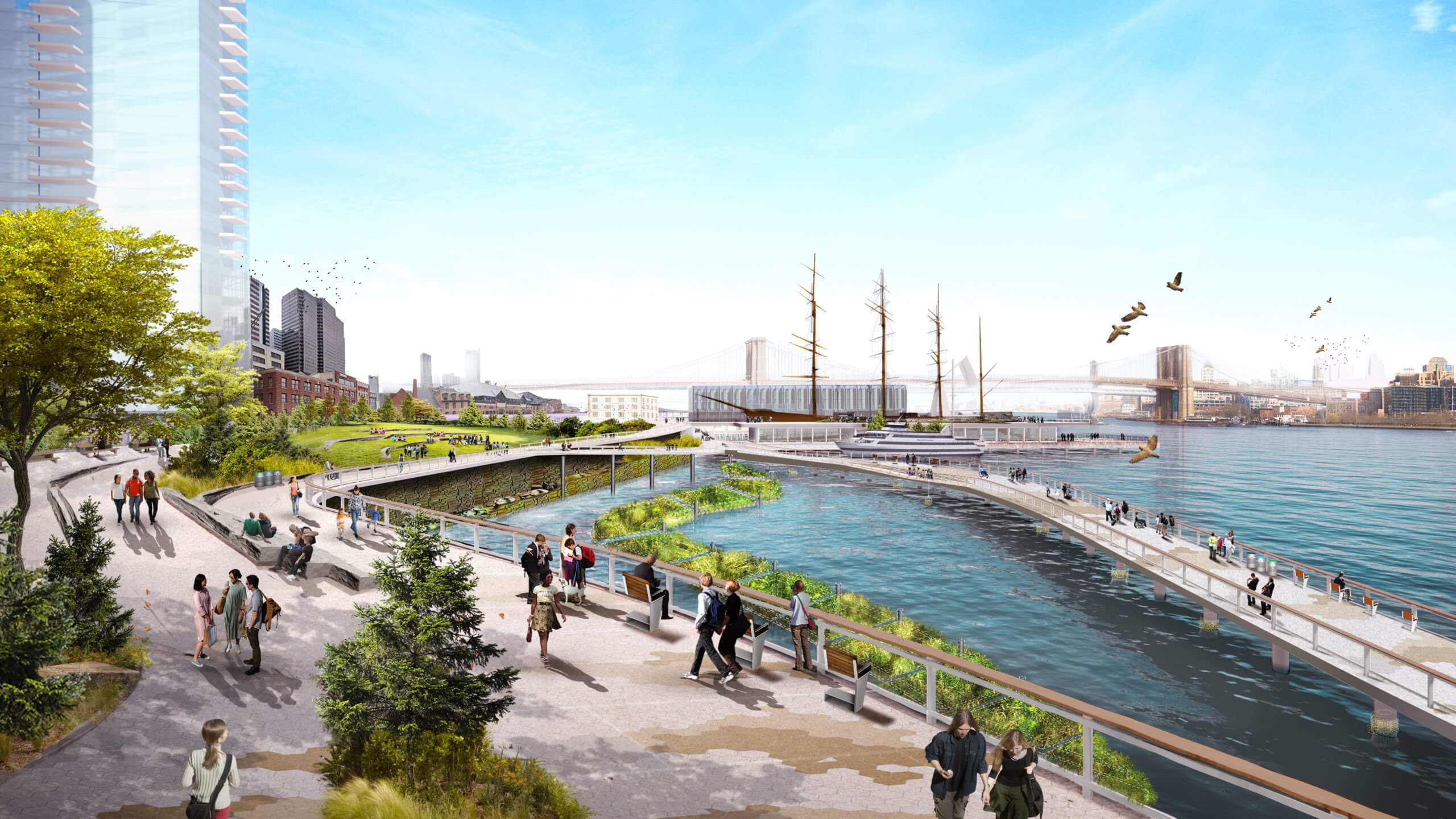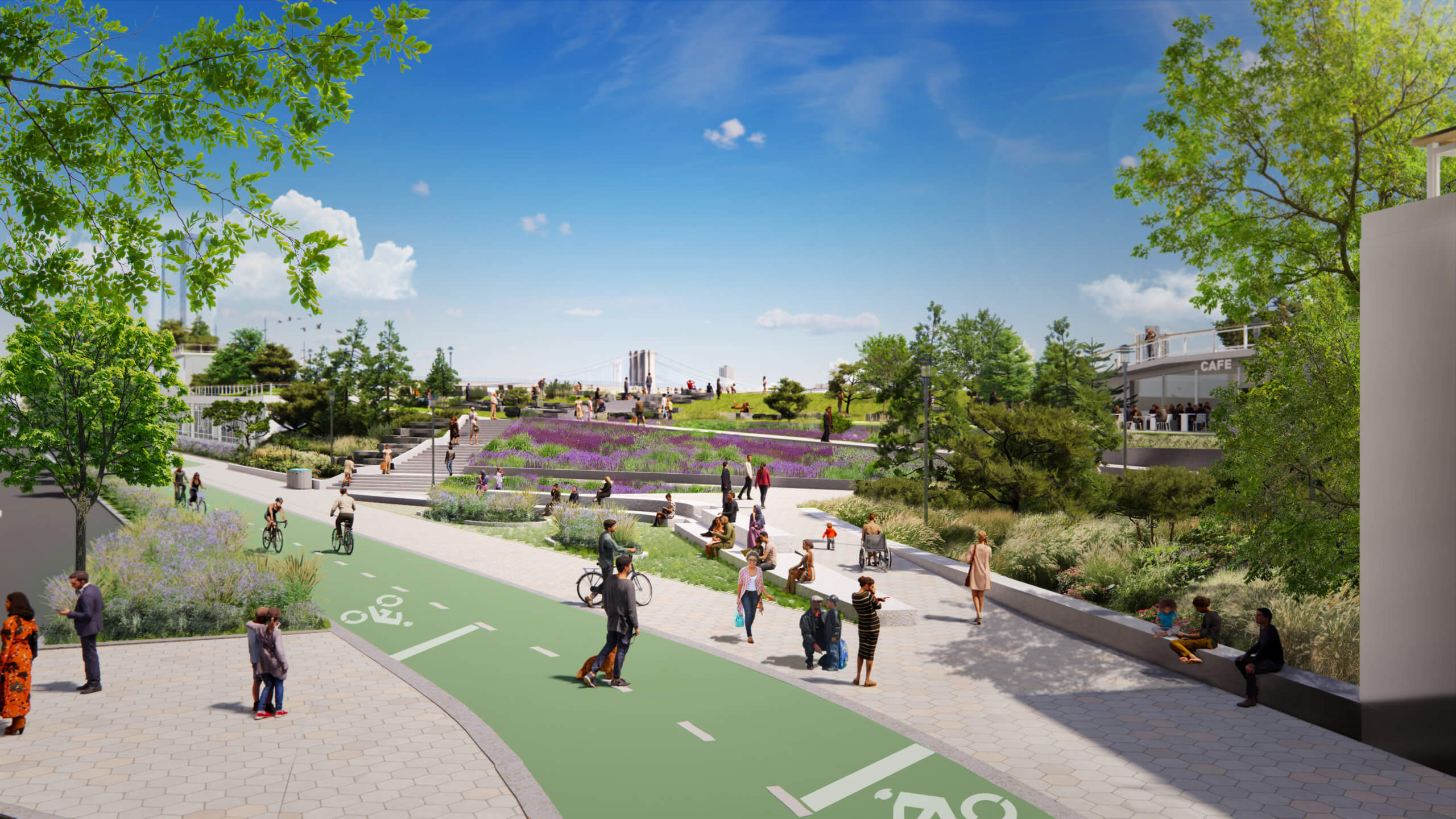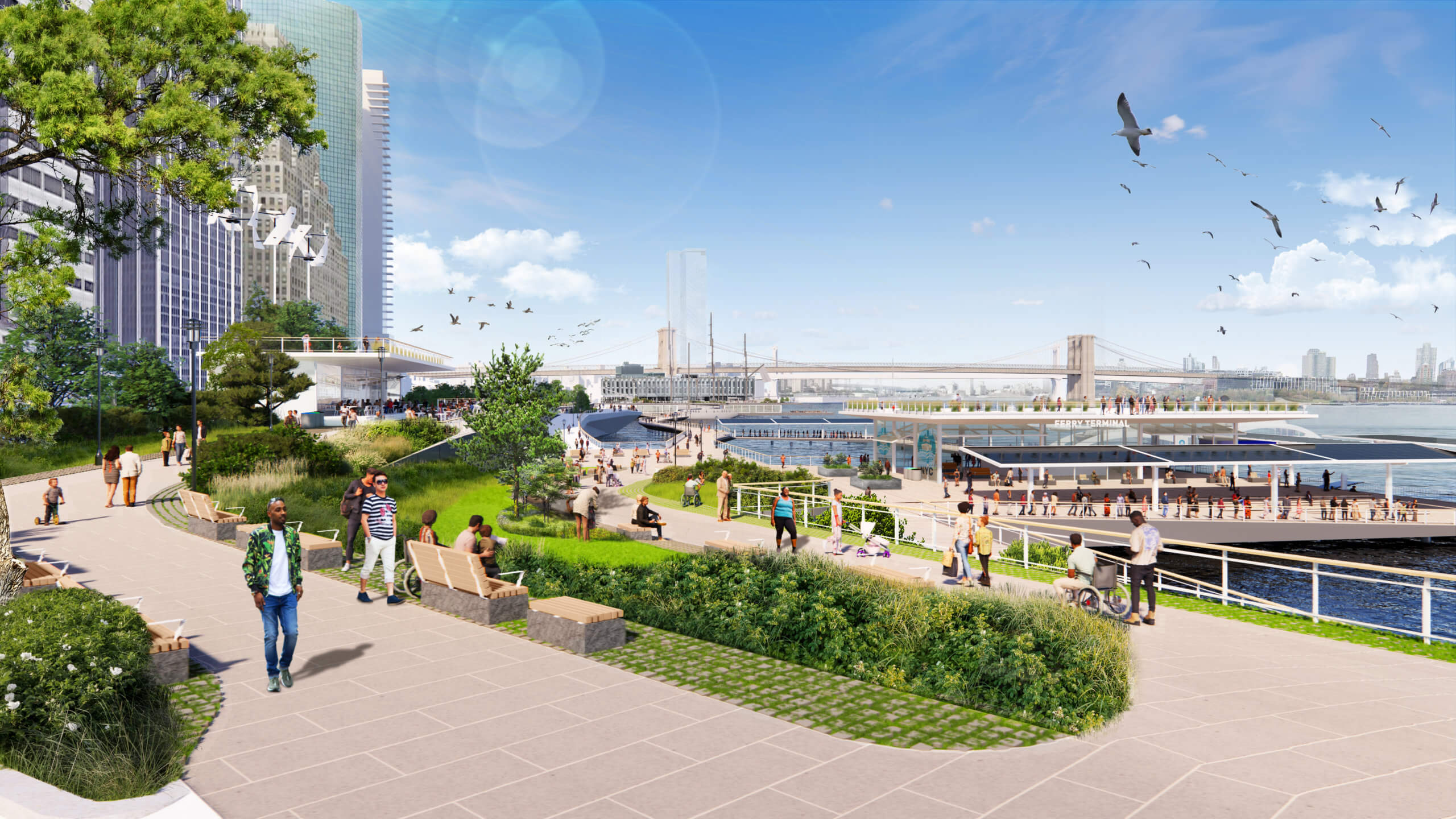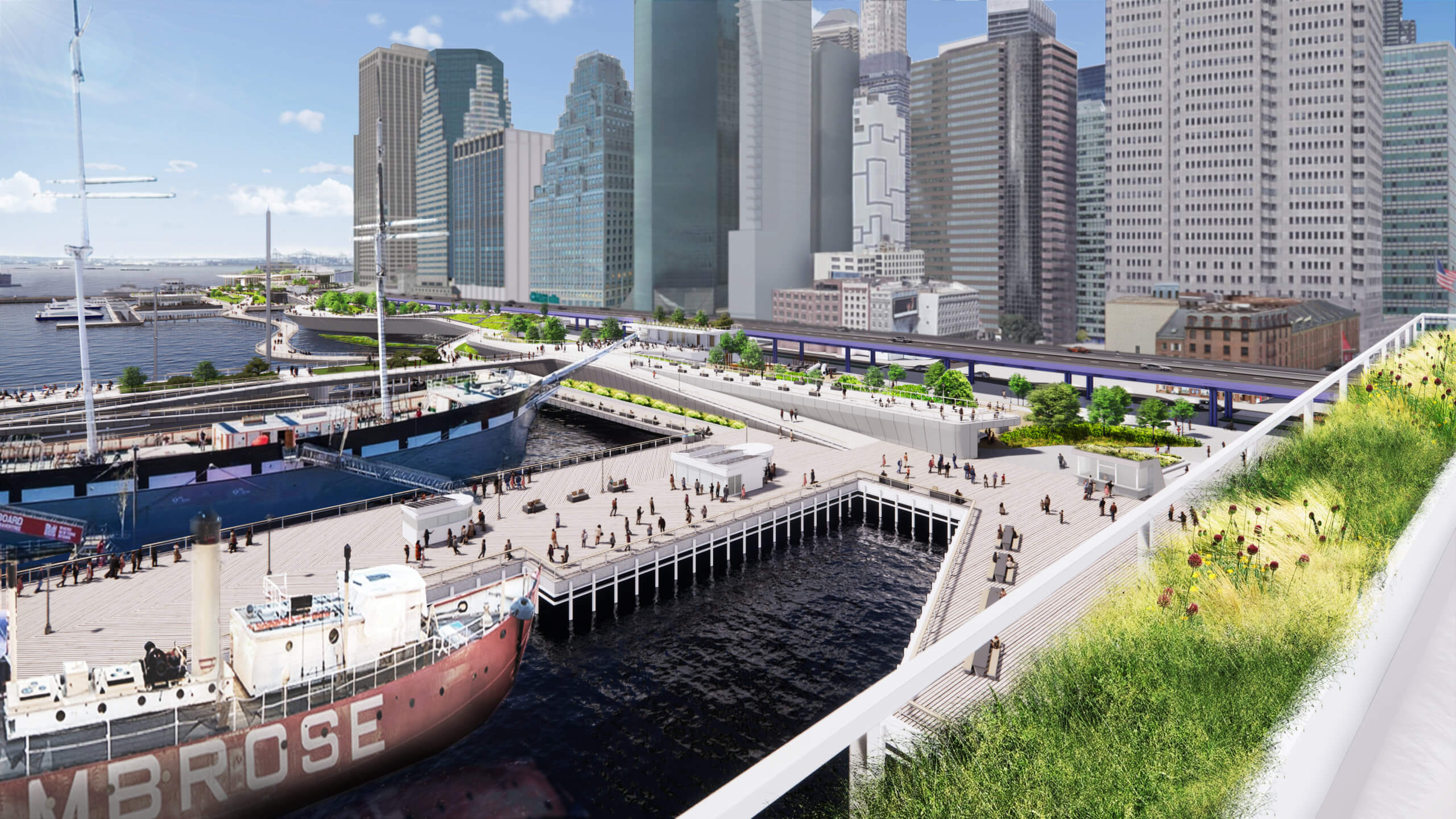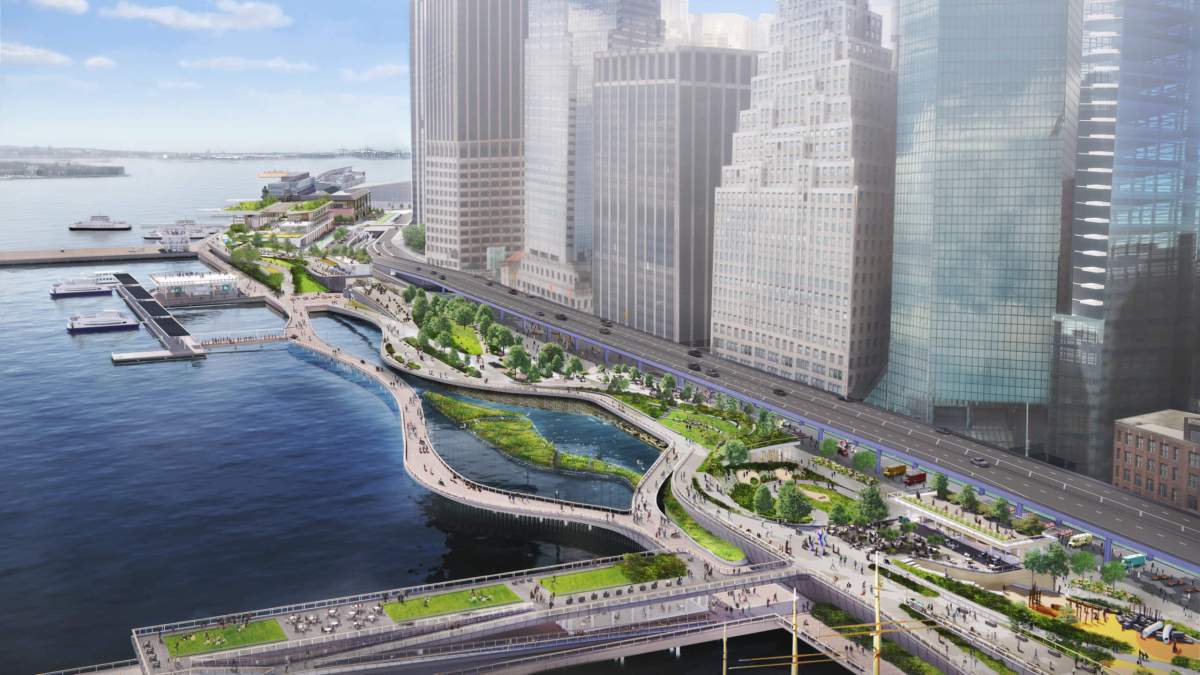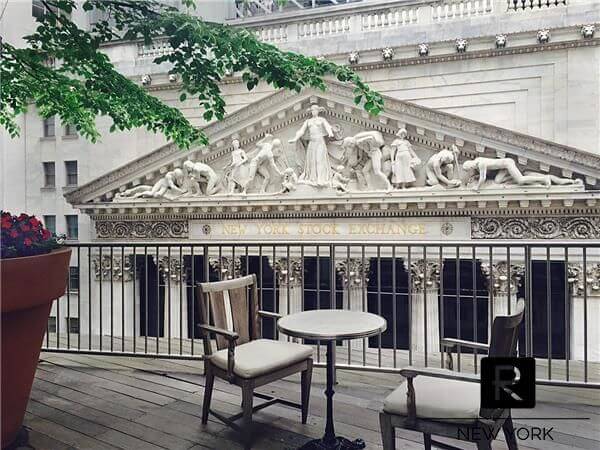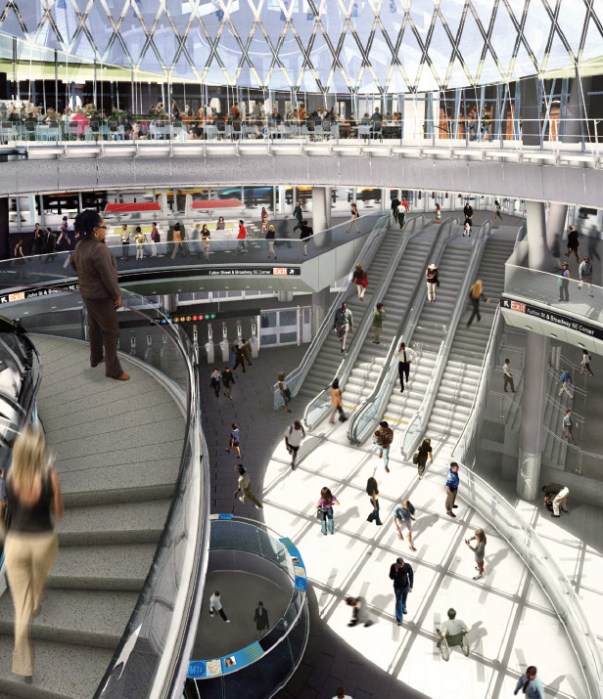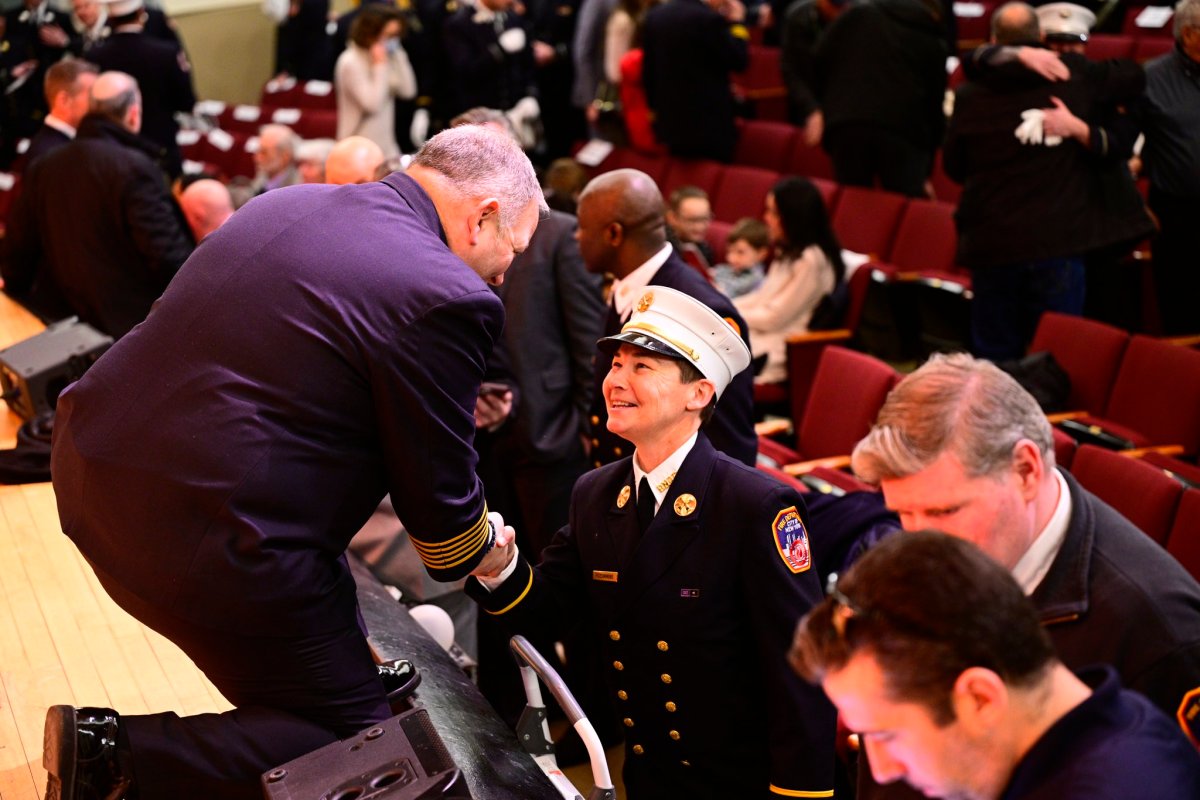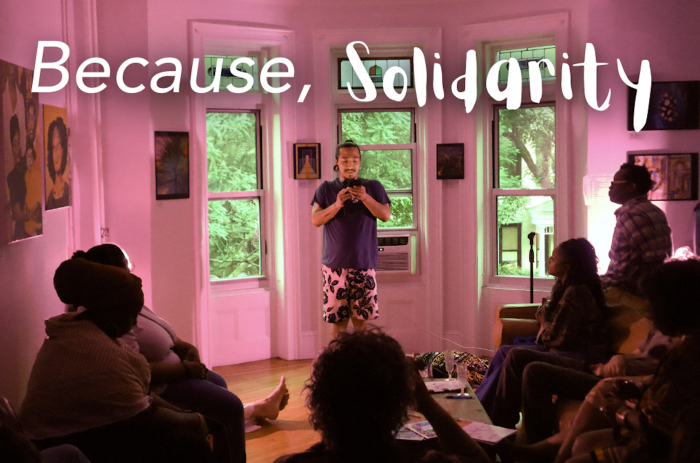In an effort to protect Lower Manhattan from potential flooding, city agencies have developed a plan to protect this area of the Big Apple.
The New York City Economic Development Corporation (NYCEDC) and Mayor’s Office of Climate Resiliency (MOCR) recently released the Financial District and Seaport Climate Resilience Master Plan. The plan serves as a blueprint for a comprehensive flood defense infrastructure project that reimagines the shoreline in Lower Manhattan and creates a resilient waterfront to withstand severe coastal storms and rising sea levels for those living and working in the Flatiron District and the South Street Seaport neighborhoods.
Protecting Lower Manhattan has been very important to the city’s overall coastal resilience strategy as it is one of the nation’s largest business districts and is home to the hub of the subways and PATH transit systems and the regional highway network while being an iconic destination for millions of visitors from around the U.S. and the world. The plan is projected to cost $5 to $7 billion.
“This Plan for a protected and resilient waterfront in Lower Manhattan will help us fully confront the urgent and accelerating threat of climate change,” said Mayor Bill de Blasio. “A recovery for all of us must ensure families, businesses, and communities in Lower Manhattan are able to withstand extreme weather and rising sea levels, which this vision guarantees.
Using the New York City Panel on Climate Change 90th percentile projections, by the 2050s rising tides are projected to flood the Financial District and Seaport monthly, then daily by the 2080s. Some level of frequent tidal flooding is likely to be seen as early as the 2040s. From now through 2100, if no action is taken, repetitive flooding is projected to cause up to $20 billion in estimated losses to the region.
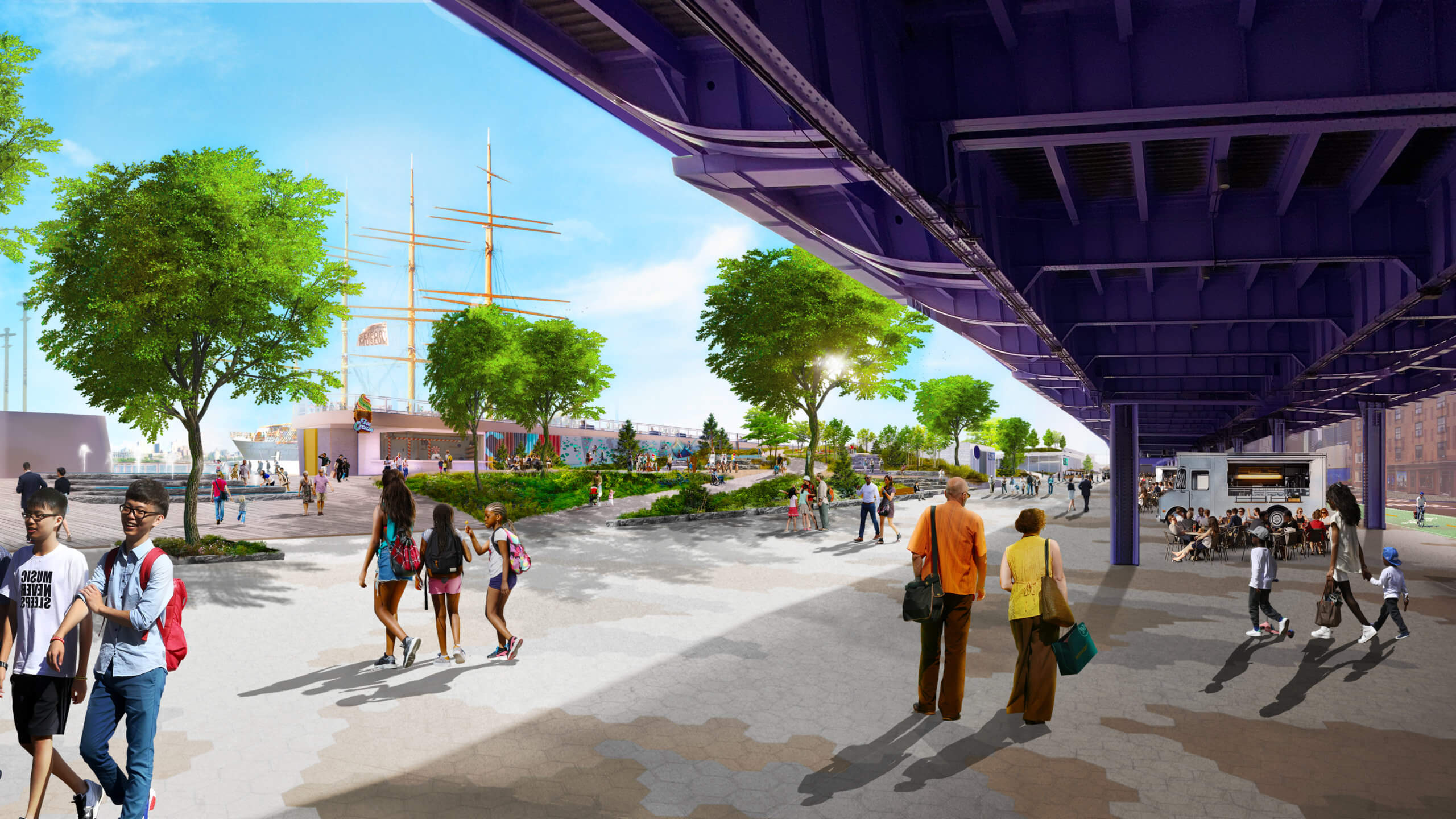
In an effort to protect these areas, the plan features a multi-level waterfront that extends the shoreline of the East River by up to 200 feet from its existing location. The upper level will be elevated 15 to 18 feet to protect against severe storms like Hurricane Sandy, which hit the area hard in 2012, while also providing public open spaces with sweeping views of the City and harbor. The lower level will serve as a waterfront esplanade that will be raised three to five feet to protect against sea-level rise, while connecting New Yorkers to the water’s edge.
The plan also includes:
- Floodwalls buried in the landscape that create a line of ridges along this waterfront, permanently protecting Lower Manhattan from coastal storms and creating new open spaces with expansive views of the harbor
- Resilient stormwater infrastructure, including a new pump station along with green infrastructure
- Resilient ferry terminals for Staten Island, Governors Island, and NYC Ferries, among other operators
- Universally accessible entrances and pathways, designed to ensure people of all ages and abilities can get to and move around the waterfront
- New public open spaces with playgrounds, plazas, lawns, seating, and cafes
- Coves that promote habitat restoration and provide opportunities to learn about the ecology of the East River
- Resilient piers for docking historic ships, bolstering the historic character of South Street Seaport
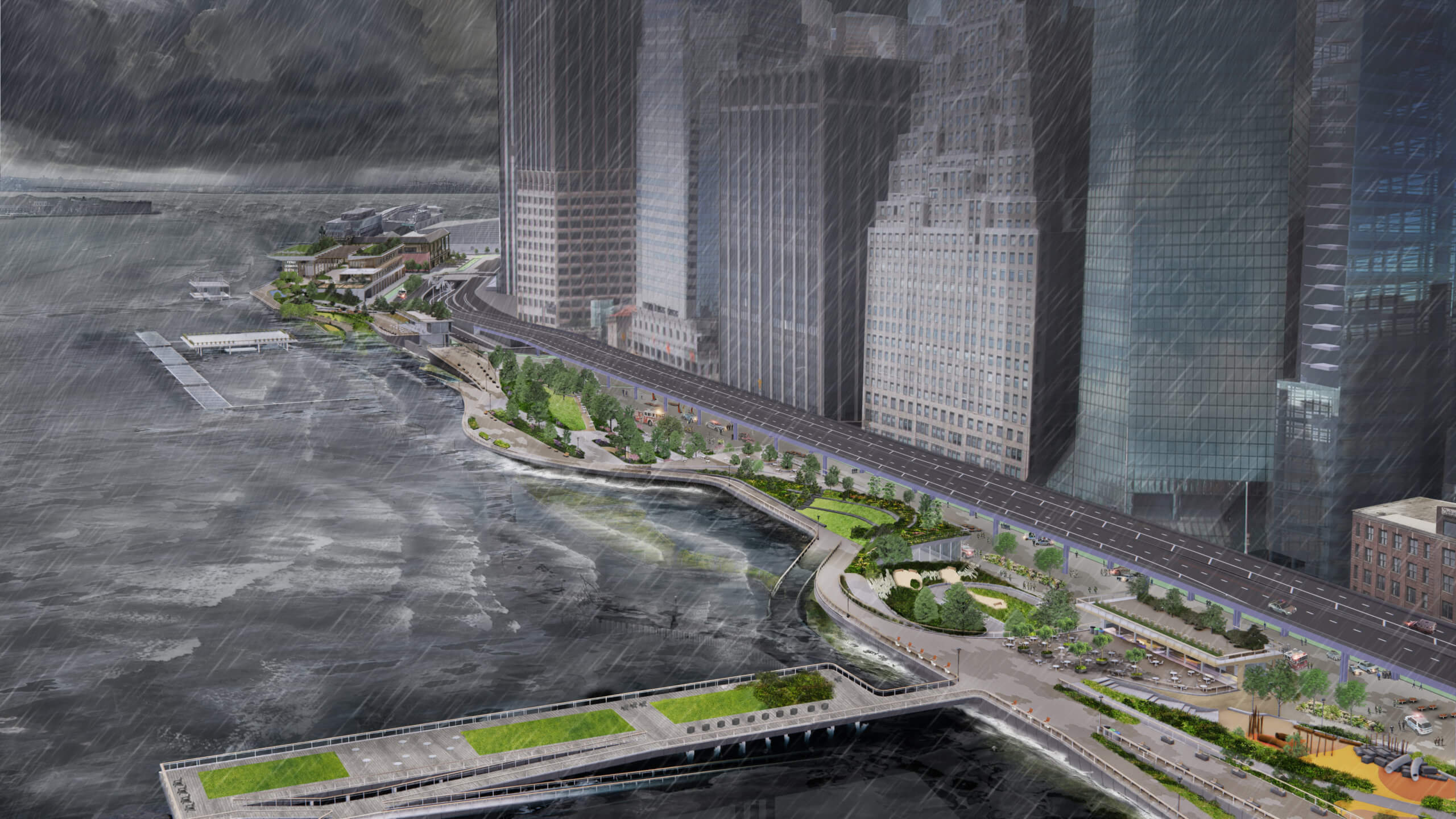
To shape this plan, the city worked with the community through several public meetings and workshops, an online engagement portal, youth outreach with local schools, and other creative forms of engagement, with the City incorporating feedback at every step along the way.
“NYCEDC and MOCR have envisioned a 21st-Century resilient waterfront that stands to be a model for other major cities,” said NYCEDC President and CEO Rachel Loeb. “We’ve done years of work, and we have the innovation. There’s no doubt climate change is here. Sea levels are rising, and stronger, more devastating storms will only continue, which is why we must protect our coastline and safeguard our vulnerable historic Seaport area and Financial District. If we do not take action now residents, businesses, and critical infrastructure are put in jeopardy. We must rely on strong partnerships at all levels of government to help implement this plan.”
“The FiDi & Seaport Climate Resilience Master Plan provides the vision and blueprint for a resilient waterfront that can withstand the impacts of future coastal storms and sea level rise,” said Jainey Bavishi, Director of the Mayor’s Office of Climate Resiliency. “The Master Plan is a product of years of collaboration between MOCR, NYCEDC, numerous City agencies, elected officials, technical experts and most importantly, community members. We must get to the work of implementation without delay.”
To review the Financial District and Seaport Climate Resilience Master Plan, visit fidiseaportclimate.
